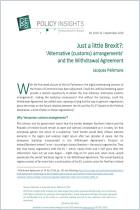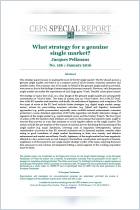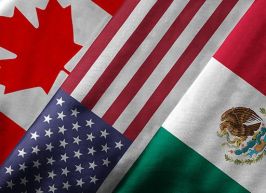Melden Sie sich bei getAbstract an, um die Zusammenfassung zu erhalten.

Melden Sie sich bei getAbstract an, um die Zusammenfassung zu erhalten.
Jeanne Metivier, Mattia Di Salvo and Jacques Pelkmans
Transatlantic Divergences in Globalisation and the China Factor
CEPS, 2017
Was ist drin?
The US and the EU approach globalization differently – and get different results.
Recommendation
The issue of globalization is contentious: Detractors howl about jobs lost as firms relocate operations overseas, while proponents point to reduced costs. As rising nationalism in the United States threatens to reverse globalization’s momentum, this astute and timely report from researchers Jeanne Metivier, Mattia Di Salvo and Jacques Pelkmans underscores the differences between the American and the European Union approaches to global trade. The authors write more for the economist than the general reader, but even nonprofessionals can, with some effort, grasp its critical points. getAbstract finds their paper to be especially relevant now, given the ongoing debate on globalization.
Summary
About the Authors
Jeanne Metivier, Mattia Di Salvo and Jacques Pelkmans are researchers at CEPS.




























Comment on this summary